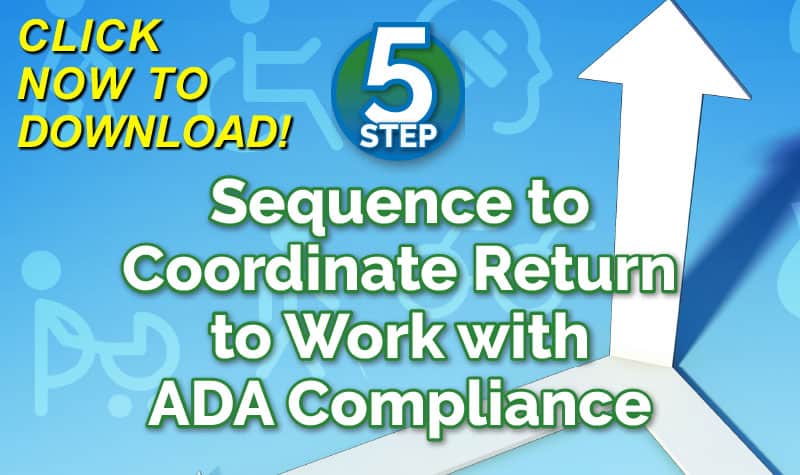Once Judy has given birth, the MMLA allows eight weeks of job-protected leave per birth or adoption. So, for having eight babies, she is entitled to 64 weeks of leave, eight for each baby.
2. After Susan has exhausted her leave rights, Marie takes time off to care for Thomas. Marie also is entitled to 12 weeks off under each leave act. CFRA provides time off to care for a child with a serious health condition under two conditions. (1) If the child is the child of the employee’s domestic partner and/or (2) a child with whom the employee stands “in loco parentis” (in the place of a parent or like a parent, providing care and/ or support).
3. The FMLA does not provide leave to care for the child of a domestic partner, but does provide time off to care for a child with a serious health condition if the employee is in loco parentis to the child. Because Marie, Susan, and Thomas all live together and Marie helps provide financial support and parenting care for Thomas, she qualifies for this leave and in caring for Thomas, exhausts both her FMLA and CFRA rights for the leave year.
Note that the result would be the same if Marie and Susan work for the same employer. Neither FMLA nor CFRA require parents employed by the same employer to share time off to care for a child with a serious health condition.
To understand the complexity of these laws, suppose that before Thomas’s illness, Susan had experienced her own serious health condition. Marie stayed home from work for 12 weeks to provide Susan with physical care during her injury and recovery. This leave is covered by CFRA, which provides leave rights to care for a registered domestic partner with a serious health condition. Susan has exhausted her CFRA time for the leave year, but, her time off does not count toward her FMLA leave rights, as the FMLA does not provide job-protected leave to care for a domestic partner with a serious health condition.
Then when Thomas becomes ill with a serious health condition and needs physical care at home. Marie can take another 12 weeks of leave during the leave year to care for Thomas because she stands in loco parentis to him, and her FMLA rights were not exhausted during her time off to care for Susan.
Note that if Susan’s and Thomas’s serious health conditions occurred in reverse order, Susan’s CFRA and FMLA rights both would have been exhausted in caring for Thomas first, and she would not have had any job-protected time left under CFRA to care for Susan.
What Should You Be Doing to Better Manage Leaves?
The takeaway from these examples is that leave laws form a complex web that continually has to be untangled for each case. In addition, these laws are constantly being amended and updated as challenges are decided on in court. (WCxKit)
Up-to-Date Leave Law Information is the Key.
Martha J. Cardi J.D. is Chief Compliance Officer for Reed Group and Chief Editor of Reed Group’s Leave of Absence Advisor, a web-based resource for administering FMLA, state and other leave laws. More info at www.reedgroup.com. Contact at services@reedgroup.com.



